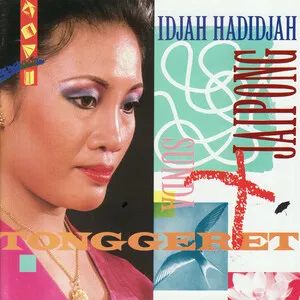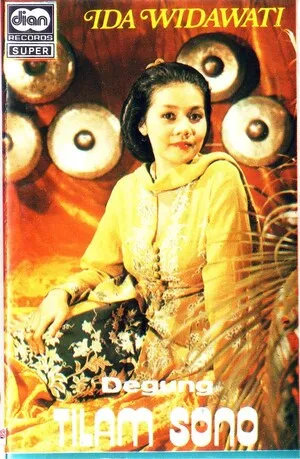Sundanese music is the traditional and popular music of the Sundanese people of West Java, Indonesia. It is recognized for its bright bamboo timbres, supple drumming, fluid vocal lines, and distinctive tunings that differ from Central Javanese practice.
Core ensembles include gamelan degung (a Sundanese variant of gamelan with a characteristic “degung” tuning), kacapi suling (zither and bamboo flute chamber music), angklung (shaken bamboo idiophones), and ritual styles such as tarawangsa (two‑string bowed lute with zither). Dance and theatre forms—like jaipongan and wayang golek (rod puppetry)—rely on energetic kendang (drum) leadership and cyclical gong patterns.
Melodically, Sundanese music employs laras salendro, pelog, sorog, and madenda (a mode akin to a “minor” feel), with ornate vocal ornamentation and refined zither/bonang figuration. Its expressive range spans courtly elegance, pastoral intimacy, social dance vitality, and trance‑ritual depth.
Sundanese musical practices trace to pre‑Islamic West Java, where bamboo idiophones, zithers, and drums accompanied agrarian rites and local courts. Over centuries, palace and regional ensembles consolidated into what is now known as gamelan degung, marked by a distinct Sundanese tuning and a lighter, more transparent texture than Central Javanese gamelan. Vocal arts (tembang) flourished with codified poetic meters (pupuh), and refined chamber genres emerged for intimate settings.
In the 19th century, Tembang Sunda (Cianjuran) crystallized in aristocratic circles around Cianjur, combining solo voice with kacapi (boat‑shaped zither), kacapi rincik (smaller zither), and suling (bamboo flute). Its free‑flowing rhythm and melismatic delivery became emblematic of Sundanese high art.
During the late colonial and early national periods, Sundanese ensembles adapted to new venues (radio, recordings, urban theatres). Educators such as Daeng Soetigna modernized angklung in the 1930s by devising diatonic tunings for schools and mass ensembles, catalyzing a revival and global visibility for bamboo performance from West Java.
Post‑independence cultural policy encouraged regional arts, while popular idioms grew alongside traditional ones. Kacapi suling recordings spread widely, and degung orchestras became staples of state events and broadcast media.
In the 1970s, choreographer–composer Gugum Gumbira synthesized rural dance music (ketuk tilu), pencak silat movement vocabulary, and degung instrumentation into jaipongan—a vibrant social dance genre led by virtuosic kendang patterns and dynamic vocals. Jaipongan quickly became a West Javanese cultural emblem and influenced Indonesian popular music aesthetics more broadly.
Parallel to this, Pop Sunda and world‑music‑oriented groups (e.g., Sambasunda) fused traditional timbres with modern songwriting, introducing Sundanese sounds to international audiences.
Today, Sundanese music thrives across ritual (tarawangsa), courtly (Tembang Sunda), educational (angklung), theatre (wayang golek), and popular (jaipongan, Pop Sunda) spheres. Cultural centers like Saung Angklung Udjo, conservatories in Bandung, and independent ensembles maintain transmission while experimenting with cross‑genre collaborations, digital releases, and new media. The result is a living tradition that balances heritage performance practice with contemporary creativity.

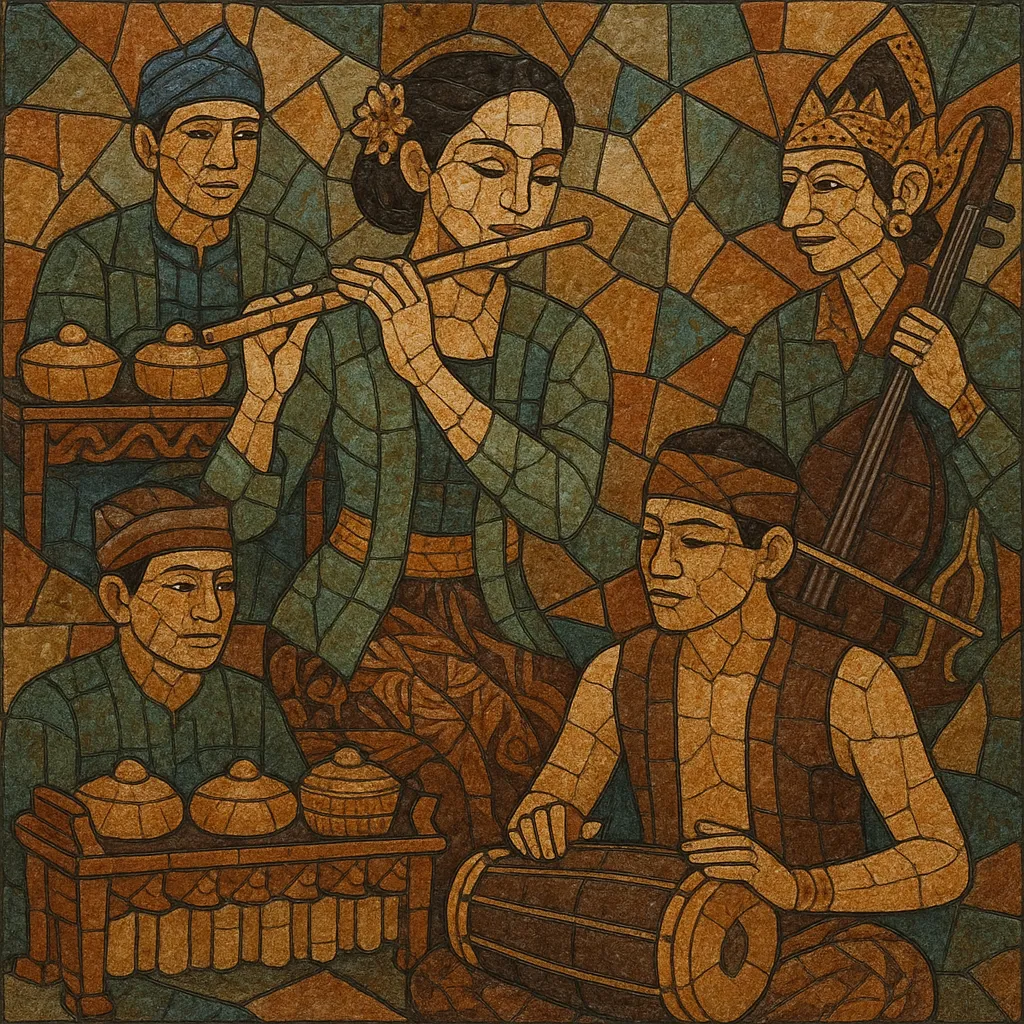
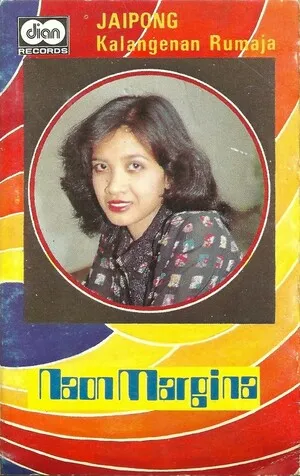

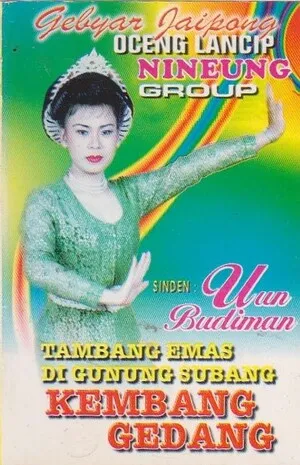
%2C%20Cover%20art.webp)
